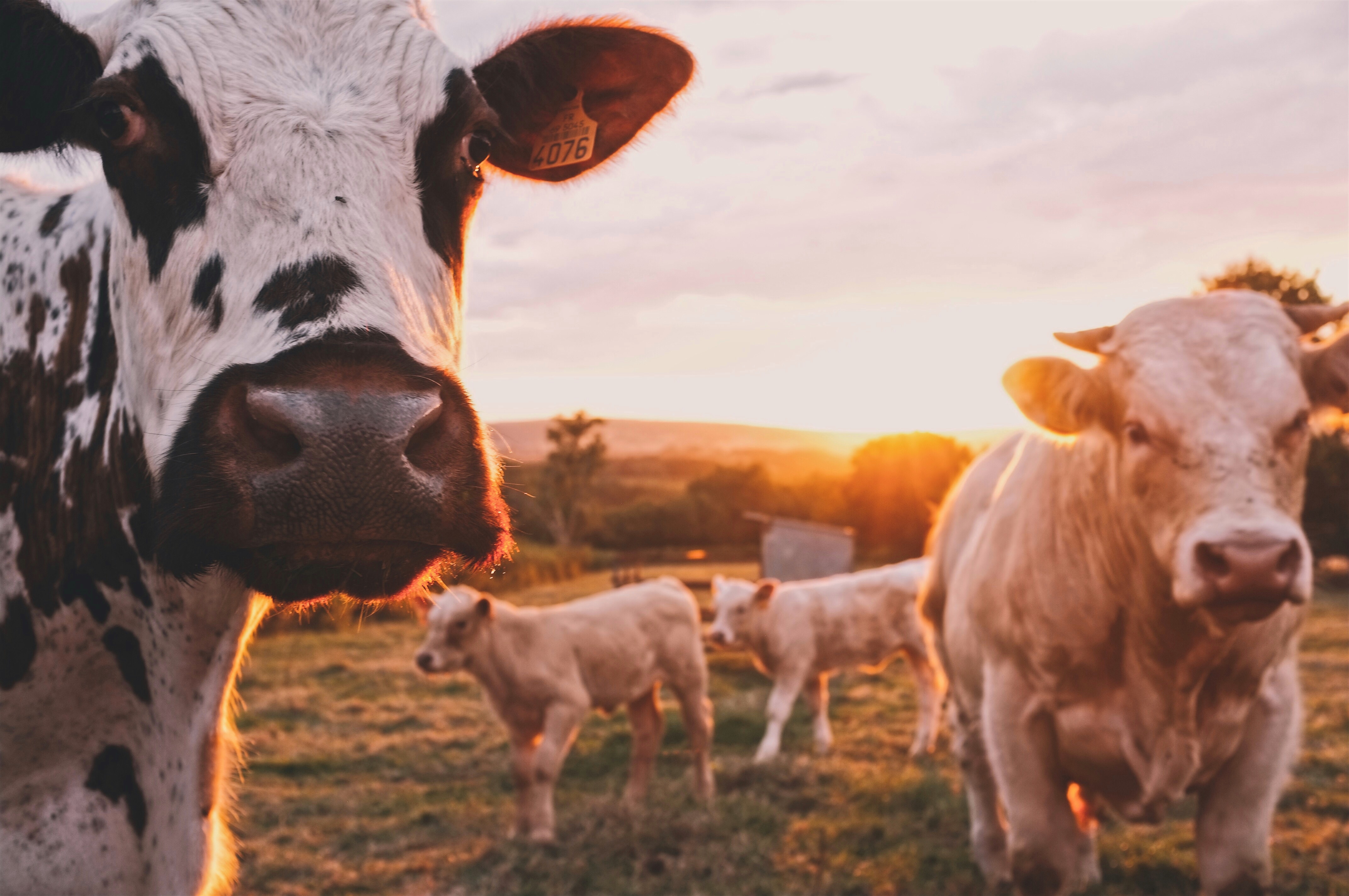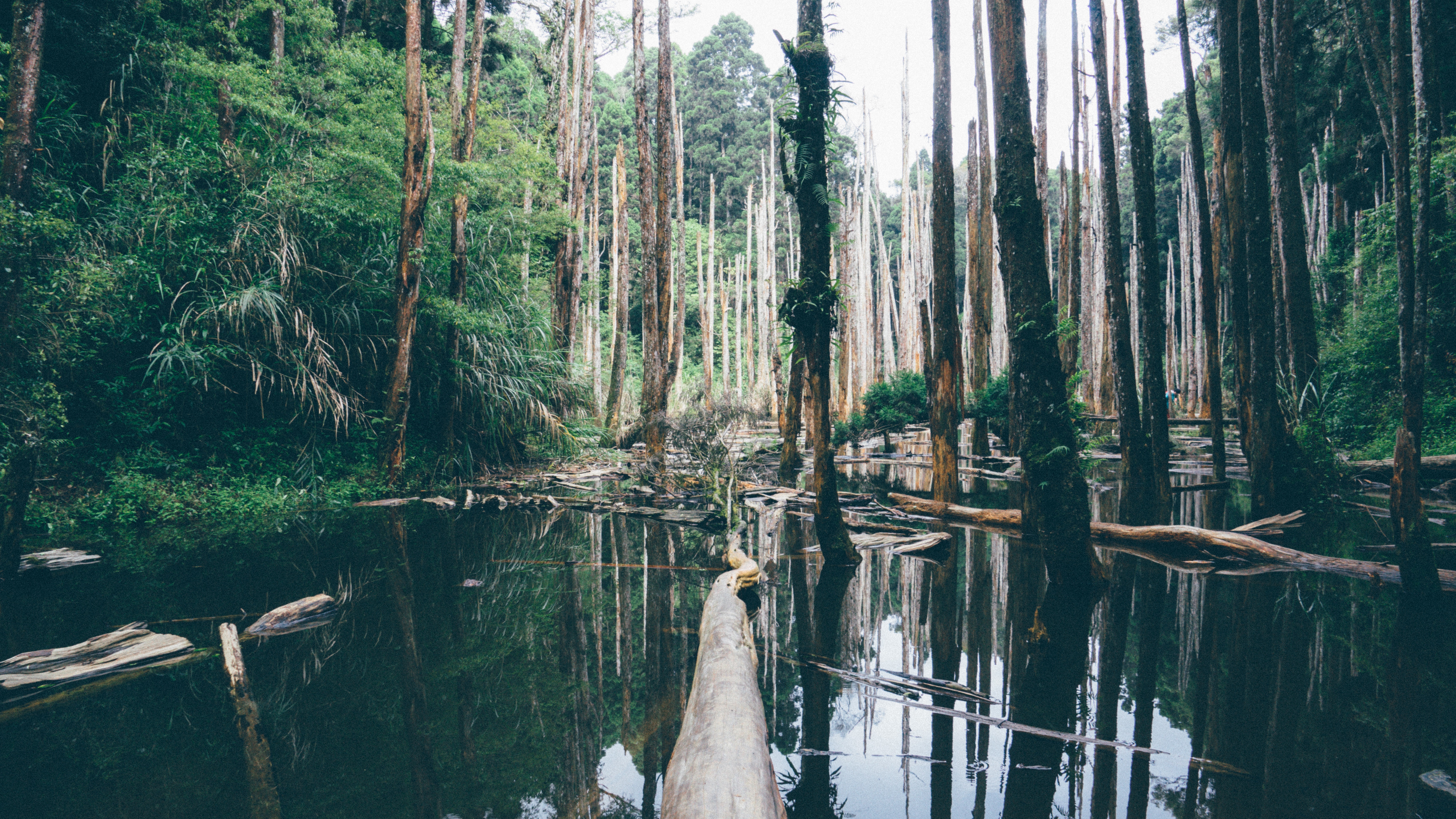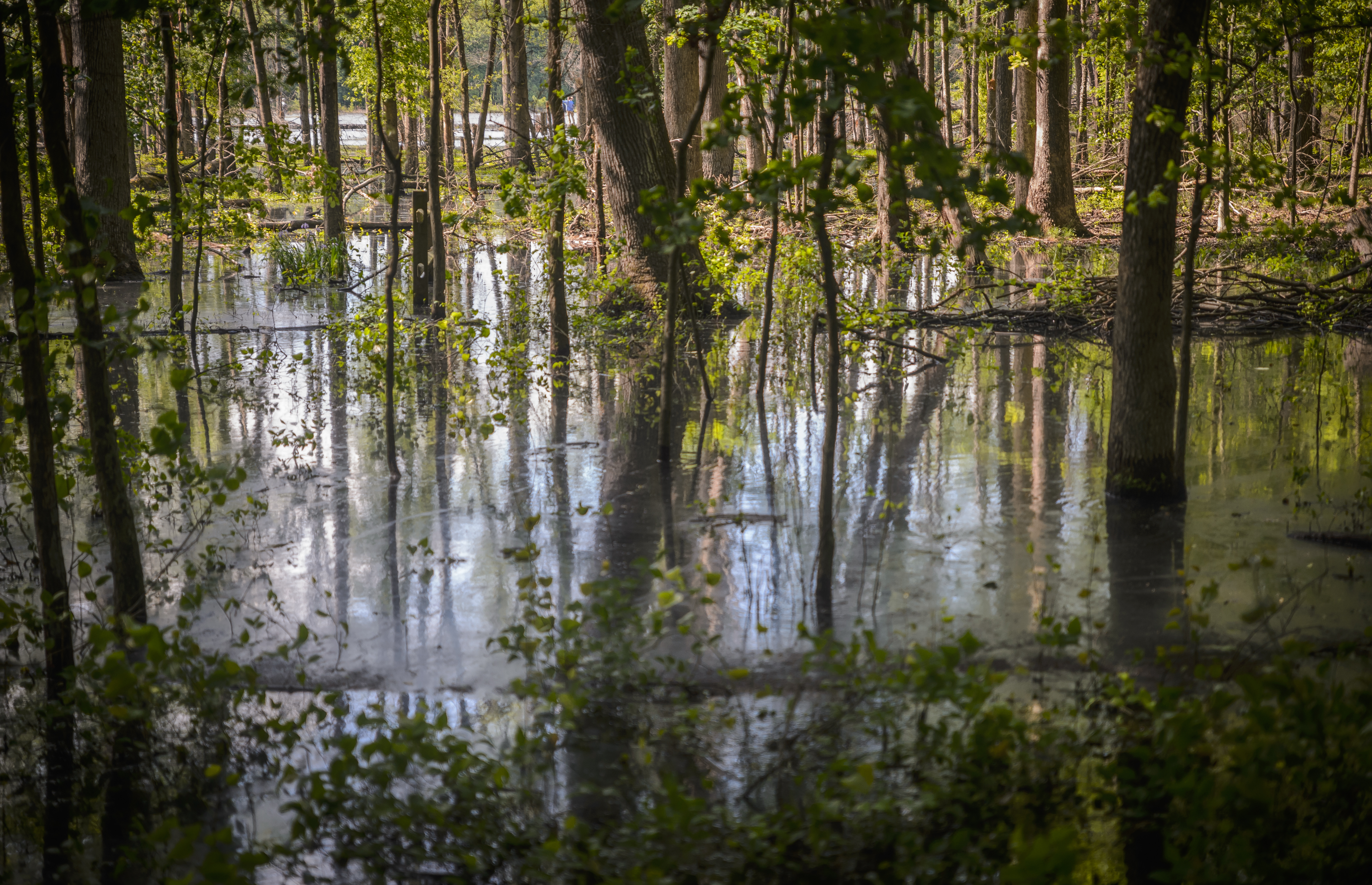Scientists were long baffled by a methane surplus in our atmosphere. The culprit: trees
It's not just flatulent cows
Tracking the movement of chemical compounds between Earth's land, water, and atmosphere is like balancing a checkbook, an action that most of us are, at least, passingly familiar with. Ideally, you should be able to account for all of your money at any given time. And if the amount you think you should have in your bank account doesn't match what the bank says you actually have, you're probably wracking your brain trying to account for the missing funds.
Similarly, scientists who study greenhouse gases have long been trying to work out the Earth's methane budget: How much is in the atmosphere? How much is being absorbed and emitted by living things each year? And, importantly, where is it all coming from?
Though ecologists have learned a lot about the contribution of plants, animals, and soils to the methane cycle in the past few decades, they've remained stumped by a persistent budget shortfall: more methane was present in the atmosphere than they could account for by their soil and water emissions estimates alone. Now, two new studies, one by a group of European and Brazilian scientists led by Sunitha Pangala from the Open University in the UK, and the other headed by my colleague Mary Jane Carmichael and her team at Wake Forest University, have reconciled the long-imbalanced methane budget. The missing link: trees.
Cracks in the earth, gassy cows, and trees
Methane stays in the atmosphere for just nine to 15 years before it is broken down by sunlight or sucked back up by plants and bacteria. But during that time, it is about 30 times more efficient at trapping heat in the atmosphere than carbon dioxide is.
There are several natural sources of methane: some escapes from stockpiles deep in the earth's crust, which is what we humans tap for energy in the form of natural gas. Another source is livestock – essentially, burps and flatulence from ruminant animals, mainly cows. And about 30 percent of the world's methane is emitted from wetlands, critically important ecosystems that cover just 5 percent of the earth's surface.

Ruminating ruminants
Until now, a majority of scientists thought that most methane flux in wetlands followed two pathways: through the water and through the soil. Wetlands are chock-full of slowly decomposing plant and animal matter, and methane is slowly released as microbes break down the dead stuff. Ecologists have known for many years that plants can produce and transport methane, but vegetation had not previously been incorporated as a significant source in the global methane budget. An impetus for changing scientific thinking came in 2012, when a team of scientists also led by Dr. Pangala sampled a small area of tropical peat swamp forest in southeast Asia and found that methane transmission through trees accounted for 62 to 87 percent of local methane cycling.
The physiological adaptations that enable wetland trees to survive in flooded ecosystems seem to be the very things making them such efficient methane emitters. In general, trees living in flooded habitats have enlarged pores (called lenticels) in their stems that allow them to take in extra oxygen when water levels are high. They also have hollow tissues that enable them to easily transport the oxygen within their structures. These features are two-way streets, meaning if oxygen can easily flow into the tree, methane and other gases on the inside can also escape.

Wetlands in Taiwan
That initial small-scale study in Asia in 2012 set the stage for Pangala's latest research in the Brazilian Amazon, published in December in Nature. Brazil's vast expanses of tropical forest nestled in the winding tributaries of the Amazon River make this region exceptionally rich in forested floodplains. By measuring methane emissions from 2,357 trees at 13 separate locations, Pangala and her team calculated that floodplain trees emit 15-21 teragrams (trillion grams) of methane, an amount roughly equal to the gap in the Amazonian methane budget. They also found that, based on their revised tallies, the soil, water, and trees that make up the central Amazonian floodplains account for about 15 percent of total global methane emissions.
While Pangala was searching for rogue methane emissions in the Amazon, then-PhD student (now Dr.) Mary Jane Carmichael was exploring another take on the idea of trees as conduits for methane emissions in her study site in a restored wetland on North Carolina's Albemarle-Pamlico peninsula. Carmichael and her colleagues knew from Pangala's work that living trees transferred methane from wetlands into the atmosphere, and they wondered if dead trees might also perform the same function. The results, published in the journal Wetlands in October, affirm that dead trees do indeed merit their own line item in the global methane budget.
Measuring how much gas flows through dead standing trees in waist-high water is no easy feat. First, Carmichael and team drilled holes in the hollow tree trunks and collected gas samples from inside to determine whether more methane was accumulating inside of the trunks than was present in the air surrounding the trees. Then, using small flux chambers attached to the tree trunks, they measured how much methane was actually flowing through the trunk into the air. Both tests confirmed that Carmichael's hunch was correct: dead trees are another pathway for methane emissions from wetlands. Their hollow trunks essentially act like straws poked into the ground, releasing a slow leak of the greenhouse gas into the atmosphere.

Trees like straws
Although methane emissions are often reported solely in the context of climate change, it is important to note that methane is not inherently good or bad. The problem is that human activity is rapidly increasing its concentration in our atmosphere, and that will have negative consequences for all life on earth. These two studies, which identify previously unknown mechanisms for how the methane that is is already in our atmosphere got there in the first place, represent leaps forward in our understanding of global methane cycling and our ability to track methane flows through wetlands and other ecosystems.
The race is on: wetlands face a myriad of conservation threats, and although they emit some methane through natural processes, they also do us a huge service in that they store tremendous amounts of carbon dioxide. The hope is that charting the global cycling of greenhouse gases can help us pinpoint new and clever ways to mitigate climate change, just as you might be able to pinpoint ways to save some hard-earned money by monitoring what you spend your cash on each month. With global emissions jumping up 2 percent in 2017, a year deemed by NASA to be the second-warmest year in recorded history, we have no time to waste.
Peer Commentary
Feedback and follow-up from other members of our community
Ellen Stuart-Haëntjens
Ecology, Biogeochemistry
Virginia Commonwealth University
This piece begins by appropriately comparing carbon tracking to balancing a checkbook. As a global change ecologist who researches forest and wetland carbon cycling, this rings markedly true! I’ve spent immeasurable hours wading through the “accounts.”
I’m similarly glad that this article addresses a benefit that wetlands provide: storing carbon dioxide. I’d like to add that wetlands also filter water, absorb excess water from storms and tidal surges (providing flood control), and supply wildlife and fisheries habitat.
I agree: wetlands are a less sexy ecosystem than most in many people’s eyes, but maybe one of the most critical in terms of ecosystem services.
Danielle Glynn
Geochemistry, Chemical Oceanography
UC Santa Cruz
Another worry is the effects global warming might have on methane currently trapped in ice, both on land (in permafrost) and in the oceans (methane hydrates). Permafrost is composed of the frozen remains of dead plants and animals. This carbon-rich organic matter has been trapped for hundreds to thousands of years, but if temperatures rise too high the organics will begin to decompose, releasing carbon dioxide and methane into the atmosphere.
Methane hydrates are equally worrisome. Methane hydrates are just molecules of methane trapped in ice, typically found in the sediments on the margins of continents. Ever seen some of those videos where people light ice on fire? The flames come from the burning methane. In 2005, scientists Jeffery Klauda and Stanley Sandler estimated that the total volume of methane hydrates is three orders of magnitude larger than worldwide conventional natural gas reserves. That’s a huge amount of methane!
So if the permafrost and these methane hydrates start melting, we might start seeing a lot more methane in the atmosphere, which would make global warming even worse in the years ahead. If they do start emitting methane, it will become even harder to balance the global carbon budget.